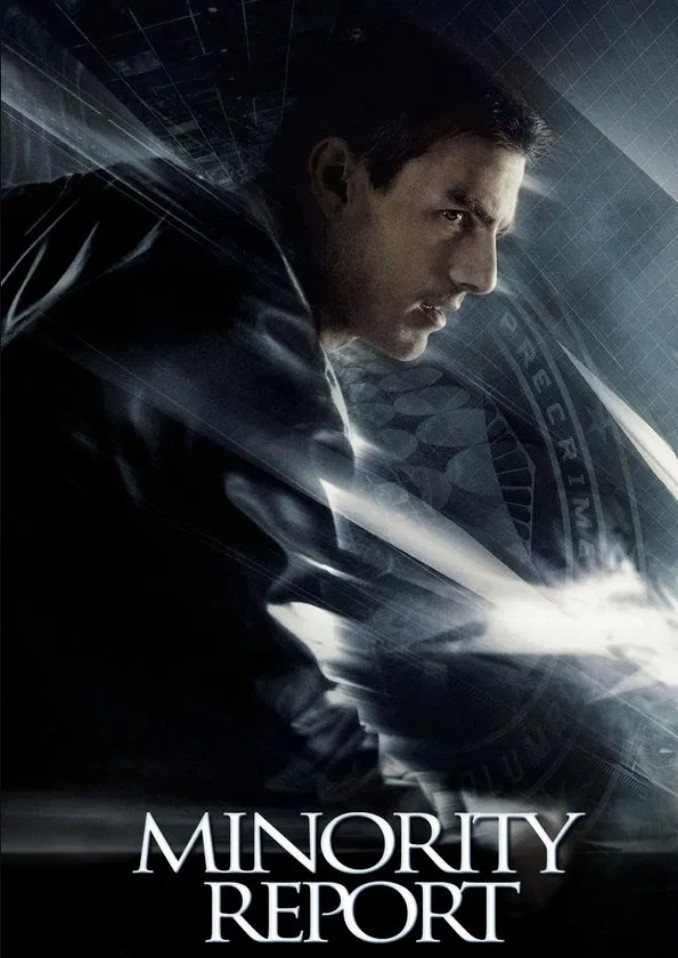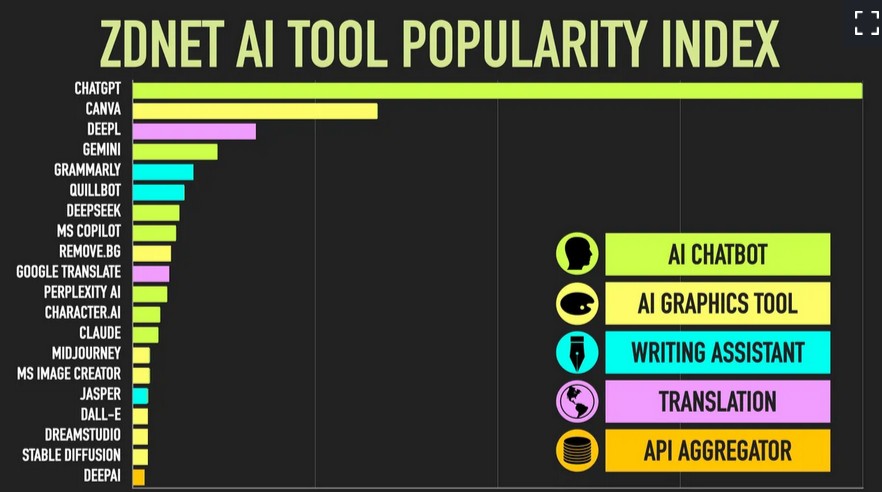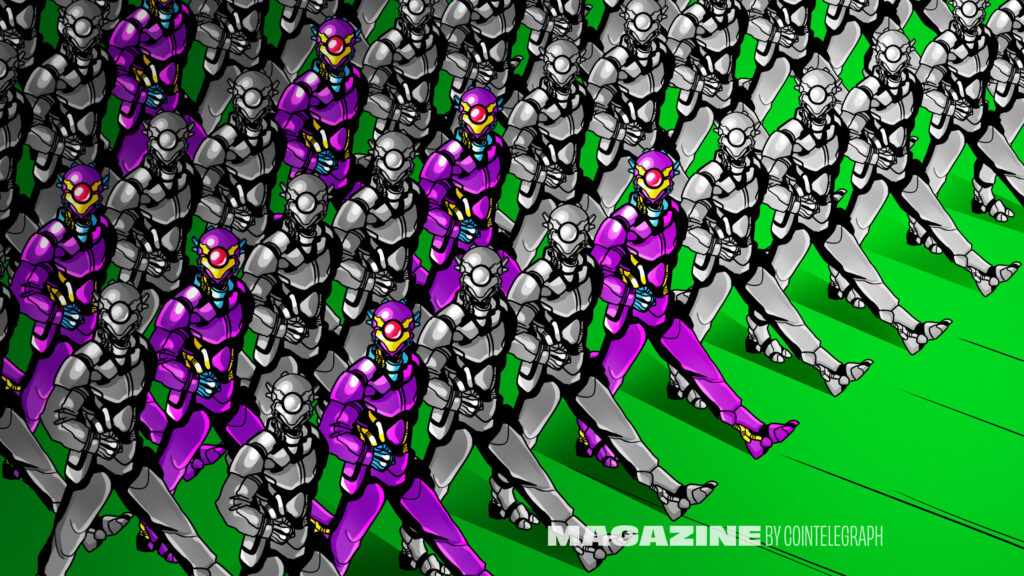|
|
Minority Report is a thing now
Pressure group Statewatch has revealed the UK’s Ministry of Justice has been working on a dystopian AI “Murder Prediction” program that uses algorithms to analyze large data sets and predict who is most likely to become a killer.

That’s basically the plot of Minority Report. Documents outlining the scheme were uncovered in Freedom of Information requests. In them, the MoJ says the program aims to “review offender characteristics that increase the risk of committing homicide” and “explore alternative and innovative data science techniques to risk assessment of homicide.”
Statewatch says data from ordinary citizens is being used as part of the project, although officials claim the data is only those with a criminal record. Researcher Sofia Lyall called the project “chilling and dystopian” and said it would likely end up targeting minority communities.
“Building an automated tool to profile people as violent criminals is deeply wrong, and using such sensitive data on mental health, addiction and disability is highly intrusive and alarming.”
Tariffs aim to bring robot factories to the US
There’s an old clip circulating of Dave Chappelle talking about how stupid Donald Trump’s original tariff threats on China were for trying to bring back low-paid factory jobs to the US.
“For what? So iPhones can be $9,000? Leave that job in China where it belongs. None of us wants to work that hard… I want to wear Nikes, I don’t want to make them shits.”
The Chinese are also LOLing at the thought of a bunch of obese good ol’ boys toiling away in sweatshops.
— Damon Chen (@damengchen) April 7, 2025
AI Eye is not suggesting there’s a well-thought-out rationale behind Trump’s recent trade policy, given how haphazard and erratic it has been enacted so far, but one rationale for the steep tariffs on China is to make space for robot factories to set up in the US.
Commerce Secretary Howard Lutnick said as much on Fox News.
“What’s going to happen is robotics are going to replace the cheap labor that we’ve seen all across the world,” he said, complaining that US companies have been using “slave labor, cheap labor to make products in developing countries and import them back to the US.”
He tried to spin this as being good for American workers on CBS News’s Face the Nation, but host Margaret Brennan pointed out the jobs are hardly “union worker jobs.”
“It’s automated factories,” Lutnick replied. “The key is who is going to build and operate the factories…”
“You said robots,” Brennan pointed out
Lutnick backpedaled and suggested that American humans could build the factories and work as mechanics and electricians to keep the robots running.
Watters: What kind of manufacturing are you talking about returning here?
Lutnick: What's going to happen is robotics are going to replace the cheap labor… pic.twitter.com/k9UPNhuvU1
— Acyn (@Acyn) April 4, 2025
First AI-generated lawyer struck off
A New York appeals court justice was taken aback to find that the man addressing the court via video did not exist.
Plaintiff Jerome Dewald, 74, had been given permission to show a prerecorded video presentation of his legal argument, but it became clear the man in the video was actually a deepfake AI lawyer.
“May it please the court,” the fake man said. “I come here today a humble pro se [self-represented] before a panel of five distinguished justices.”

Justice Sallie Manzanet-Daniels said, “Is this… is… hold on… is that council for the case?”
“I generated that,” Dewald responded. “That is not a real person.”
She was not pleased. In an apology letter to the court, Dewald said he was worried about stumbling over his words when speaking and cooked up an AI avatar to do it for him.
“My intent was never to deceive but rather to present my arguments in the most efficient manner possible,” Dewald wrote.
Also read: ‘Chernobyl’ needed to wake people to AI risks, Studio Ghibli memes
Kawasaki unveils hydrogen-powered rideable robot horse-cat
Kawasaki has invented a new environmentally friendly, all-terrain vehicle that looks a lot like a robot cougar crossed with a steampunk horse.
The prototype for CORLEO, a hydrogen-powered human-rideable four-legged robot controlled by AI, was unveiled last week.

Made from metal and carbon and with a saddle-type seat, the legs have rubber hooves for traction on a variety of surfaces, from grass to rocky paths. The vehicle has a 150cc electric engine and emits only water vapor.
Unfortunately, Kawasaki doesn’t envision it being commercially available until 2050.
Creepy robot dogs can be made to look super cute.
Universal is putting dragon costumes on the Boston Dynamics robots, and they are insanely cute pic.twitter.com/grVLzL6Wbs
— Justine Moore (@venturetwins) April 7, 2025
Universal Studios partnered with Boston Dynamics to create super cute-looking dragon robots for its forthcoming Orlando attraction, “How to Train Your Dragon — Isle of Berk.”
They’ve essentially taken one of those creepy alien-looking robot dogs and added a cute dragon costume with big child-like eyes. a16z partner Justine Moore (VentureTwins) posted, “They are insanely cute,” with Elon Musk commenting, “The robots will defeat us with cuteness.”
It’ll be fascinating to see how people’s perceptions of robots change as the outer skins become cuter and/or more humanlike.
Another video getting attention this week shows German artist Chris Kunzmann’s silicone mask transforming a robot into something that looks very humanlike. Perhaps one day soon the Dead Internet Theory (which claims everything online is just AI) will be joined by the Dead Planet Theory, where conspiracy theorists worry that everyone else is just a lifelike robot.
Because you won’t be able to tell.
Applying a silicone mask to a robot
pic.twitter.com/KMItWXsv0L— Science girl (@gunsnrosesgirl3) April 7, 2025
Which jobs will AI take in the next 20 years?
The Pew Research Centre surveyed 1,000 AI experts and 5,400 members of the public to compile a hit list of professions most at risk from AI over the next 20 years.
Cashiers top the list, with 73% of experts agreeing they’ll be replaced by AI (even though supermarkets near me have already replaced cashiers with self-service terminals). Truck drivers are next on the list (62%), then factory workers (60%), journalists (60%) and software engineers (50%).
The general public agreed on many of those, but only 33% of ordinary people thought truck drivers were likely to be replaced, and only 23% believed lawyers were at risk compared with 38% of experts. The public also thinks musicians will lose work at higher rates than experts (45% to 35%) and teachers (43% to 31%).
Separately a PYMNTS survey earlier this year found that 54% of people believe AI poses a “significant risk” of widespread job displacement.
Glass half-full take on AI replacing workers

If you are, for example, an AI journalist and these sorts of surveys keep you up at night worrying about how to pay your mortgage, MIT economics professor David Autor argues that AI will end up generally augmenting workers instead of replacing them.
“There are two competing visions of AI. One is machines make us irrelevant. Another is machines make us more useful. I think the latter has a lot to recommend it,” he told the 2025 MIT AI conference.
In journalism, for example, it’s easy to foresee that a bunch of journalists who primarily reblog other stories they’ve found on the web (cough, The Daily Mail) will lose their jobs to AI. LLMs are excellent at summarizing and synthesizing information and are not so good at creating new and original content — at least not yet.
But AI is already making human journalists much more effective. AI transcription alone has freed up thousands of hours a year, and it’s a lot quicker to ask Perplexity a series of questions (answers have source links) than to spend hours Googling and hunting through results.
Zach Seward, editorial director of AI initiatives at The New York Times, told the New Yorker that “AI is actually opening up a whole new category of reporting that we weren’t even able to contemplate taking on previously — I’m talking about investigations that involve tens of thousands of pages of unorganized documents, or hundreds of hours of video, or every federal court filing.”
There’s a reasonable argument that the public might prefer to read objective AI journalists who are free from the bias and partisanship of humans. But then again if most people wanted that sort of content, they wouldn’t keep clicking on the most sensational and alarmist content. It seems more likely that AI journos will repeat the mistakes of social media algorithms and serve up as divisive content as possible for engagement.
Israeli historian Yuval Noah Harari says we really need to guard against this possibility, given that both Lenin and Mussolini leveraged their work as newspaper editors to become dictators.
“Now who are the most important editors today in the world?… Who edits Twitter, who edits Facebook’s newsfeed, who edits TikTok? Not human beings. Algorithms. AI already have took over this very powerful position… and this is one of the reasons for the crisis of democracies.”
UBI will turn everyone into mindless consumers
If there are widespread job losses from AI, then politicians will probably have to come up with a way to redistribute the robot-generated wealth or face defeat or a possible revolution from the new majority underclass.
In the optimistic scenario in which AGI leads to “limitless prosperity,” Scott Alexander warned on the Dwarkesh podcast he fears that 99% of people will “fall into mindless consumerist slop — what are we going to do as a society to prevent that?”
But commenting on the clip, AI account Chubby responded, “That’s the stupidest thing I’ve read in a long time. Water is almost free in Germany. According to this logic, all Germans would have to leave their taps running all the time because ‘abundance would lead to mindless consumerism.’ What nonsense.”
All Killer No Filler AI News
— Grok usage surged 2,393% in February to a record 54.6 million. However, ChatGPT receives three times as many visitors per day as Grok does per month. In further bad news for Elon Musk, ChatGPT is also just 0.01% away from surpassing X as the world’s fifth most popular website.
— ZD Net’s list of most popular AI tools suggests Gemini is to ChatGPT what Bing is to Google in terms of popularity. DeepSeek, meanwhile, is less than half as popular as Gemini, and Perplexity is less than a third — but all three are still ahead of Claude.

— Google has released a new research paper that suggests AI has “existential risks that permanently destroy humanity.” It isn’t willing to speculate on what those risks might be but calls for a roadmap to mitigate them.
— Microsoft Copilot is rolling out features to enable users to book restaurants, event tickets and buy stuff in the background through Booking.com, Skyscanner, Open Table and even Flowers.com.
— AI agent prediction and portfolio management platform Olas Network has passed 600 daily active agents and 5.25 million transactions. Its Mech Marketplace, which allows AI agents to hire other agents, went live in late February.
Also read: Train AI agents to make better predictions… for token rewards


Andrew Fenton
Musk’s ‘AI in space’ plan, vending machine calls in FBI over $2 fee: AI Eye
